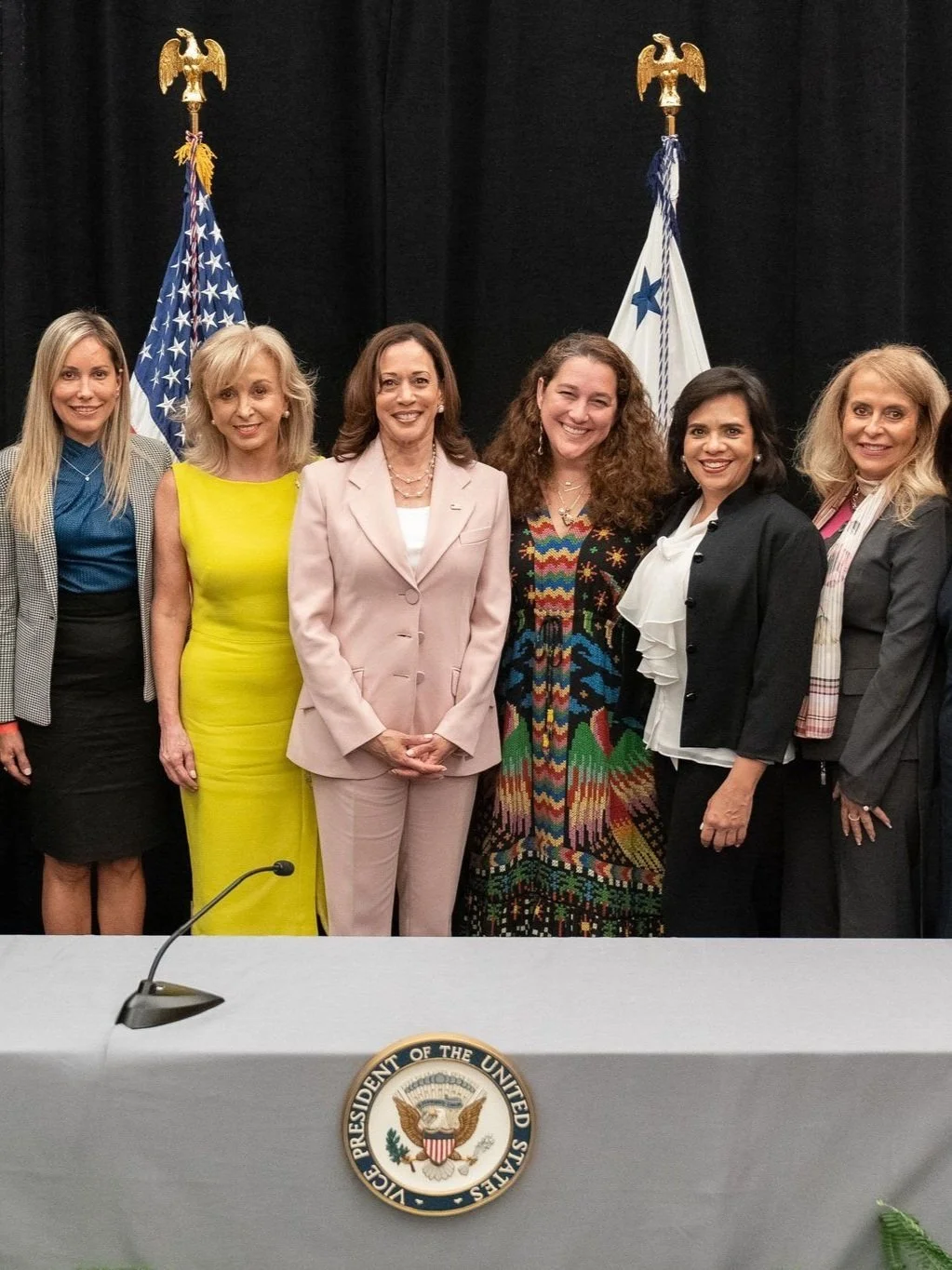The Government of Peru, WWF and partners have announced a commitment of US $140 million to expand and manage almost 17 million hectares of protected areas in the Amazon.
The funding supports “Patrimonio Natural del Perú” (National Parks: Peru’s Natural Legacy), a Government of Peru-led cutting-edge initiative to create financial sustainability for the entire national protected areas system of Peru. The initiative will eventually cover 100% of Peru’s protected areas network, which is mainly comprised of national parks in the Amazon river basin, and marine protected areas in the Andean Coast.
Approximately half of the funding for Patrimonio Natural del Perú will be from a combination of private and public sector donors, including the Global Environment Facility; Gordon and Betty Moore Foundation; the Andes Amazon Fund and WWF, of which Carmen is a Council member. The Government of Peru will contribute US$70 million in new funding over the next 10 years. The funds will be used to buy wildlife monitoring equipment; develop resilience and mitigation strategies; and increase and strengthen participation by local and indigenous people in the management of protected areas.
Patrimonio Natural del Perú is the latest PFP to close under the Earth for Life High Impact Initiative, following the Bhutan For Life, which Carmen was a part of under the WWF.
“Nature is a critical part of Peru’s identity, the people’s heritage and protected areas are important from an economic, social and cultural perspective,” says Kurt Holle, Country Representative, WWF-Peru. “Patrimonio Natural del Peru aligns public and private sector investment around a unified vision of strengthening and expanding protected areas over the long term to protect nature and promote the well-being of those who depend on it. It will help expand natural resource and service industries such as Brazil nuts, aguaje palm, tourism and more.”
Key decision makers with the signed agreement in Peru.
Peru holds the 10th-most-forested area of any country in the world – over half the country is covered in trees and connected by Amazon rivers. Only Brazil holds a larger area of Amazonian tropical forest. This helps make Peru one of the 10 most biodiverse countries in the world, with over 330,000 people who depend directly on the country's forests for their livelihoods, and countless more who depend on the products and ecosystem services those forests provide.
Deforestation is a major threat and every year, 150,000 hectares of the Amazon forest is lost in Peru, mainly due to the expansion of farms and ranches onto forestland. Climate change is another major threat and is estimated to impact 16 per cent of Peru’s gross domestic product and the economic activities of one-third of its population. Strengthening the country’s protected areas system will help mitigate those threats and increase economic benefits through activities such as tourism and new job opportunities.
Local communities living in protected areas and those who have access to and benefit from them were consulted in the development of the framework.
"Through Patrimonio Natural del Peru, we seek to promote sustainable development and improve the quality of life of the populations living in the interior or in the surrounding areas of the natural protecting areas, to improve local, regional and national development, from a viewpoint of inclusion and social equity," said Pedro Gamboa. Head of Peru’s National Service of Natural Protected Areas by the State (Sernanp).
Biodiversity in Peru’s Amazon.
Patrimonio Natural del Perú is one of three initiatives in the Amazon to adopt the Project Finance for Permanence (PFP) model, a unique financial approach in which governments make bold and ambitious long-term commitments to conservation, including fully funding the long-term management of the protected areas system. The approach has been implemented in Brazil, as part of the Amazon Region Protected Areas (ARPA) for Life programme, and is currently being developed in Colombia. These three initiatives combined will permanently protect approximately 12 per cent of the Amazon Biome.
WWF works with government leaders as well as public and private sector donors and NGOs to secure funding to effectively manage conservation areas to help ensure nature and people thrive together. As part of its Earth for Life initiative, WWF has helped create the three initiatives in the Amazon as well as Bhutan for Life, a US$43 million programme to permanently protect the country’s 2 million hectare network of parks and wildlife corridors. Stay tuned for updates.














